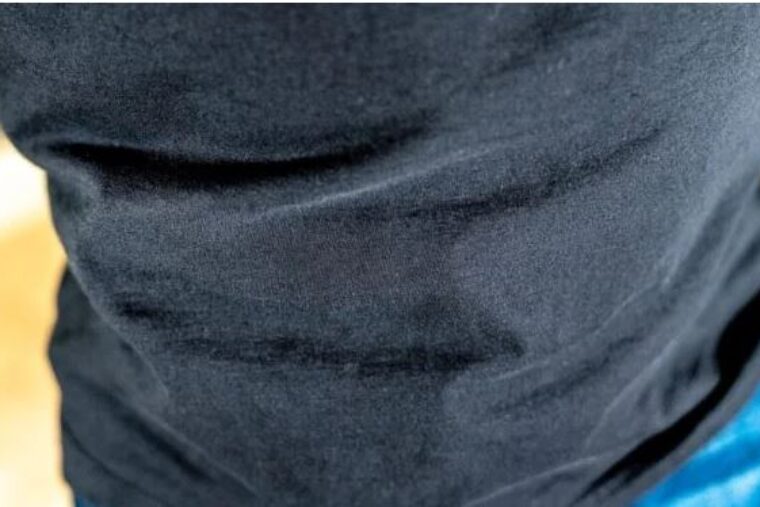There is a lot of debate, and certainly a good deal of misinformation, regarding “printing.” This term refers to the perceptible outline of at least some part of a handgun through the concealment garment. Like most debates in the firearms community, there are extremes on both sides. Some claim that printing does not matter at all as the general public is completely oblivious to it. Some argue that concealed means concealed and that there should be no trace of the weapon when concealed on the body. The legalities of what is permissible are also debated. As usual, the truth probably resides somewhere in the middle.
Legalities Regarding Concealment
Most shall issue states also allow open carry, but not all. Most states do not clearly define concealed carry, but more often define open carry as the handgun being plainly visible. Therefore, a handgun that may be visible as an outline printing through a cover garment is not likely to cause any legal complications in states which allow open carry as long as you have a carry permit if that state requires one for concealed carry. A handgun that becomes exposed in states that forbid open carry may, indeed, can cause issues, but just printing is unlikely to attract attention, but you never know who is observing and what level of trouble they may be willing to cause you. Indeed, it is arguable that keeping the gun well concealed in states that do not allow open carry is perhaps more important than those that do.
In the minds of some, printing becomes confused with brandishing, and these two acts are entirely different. Brandishing refers to the act of intentionally displaying the weapon to elicit a response from someone. Granted, there have been incidents where people have incorrectly inferred that an armed citizen was acting threatening towards them simply because they saw a weapon, but brandishing is usually not a conclusion that can be drawn from merely the sight of a printing handgun.
By Salvatore



